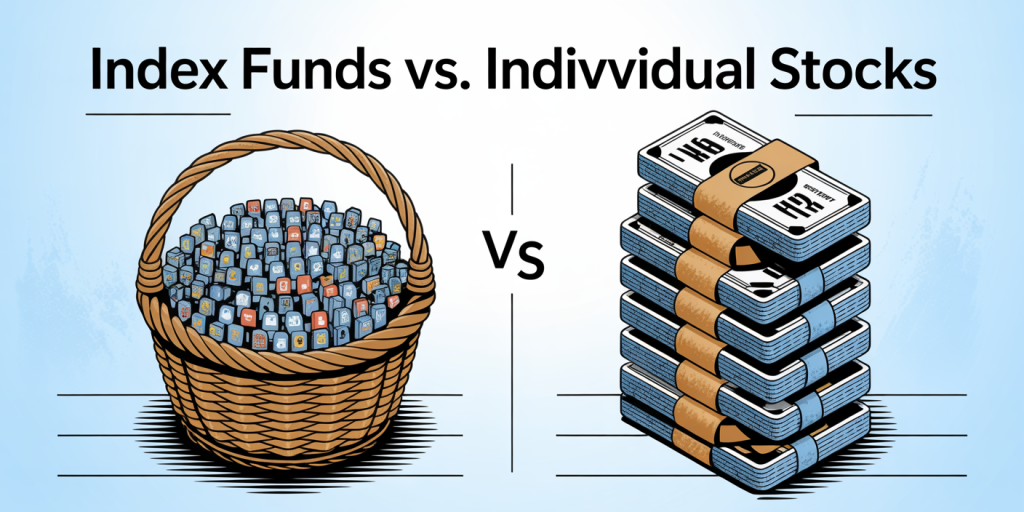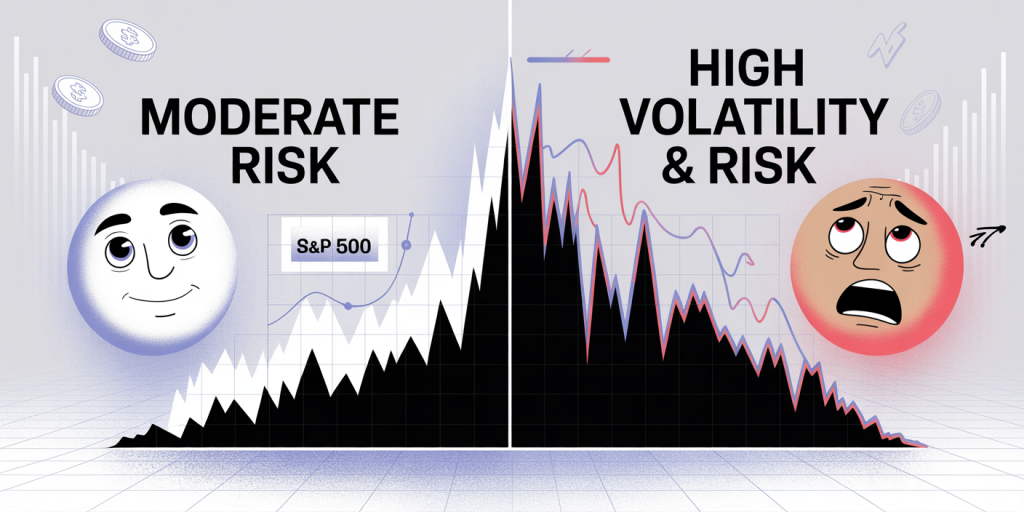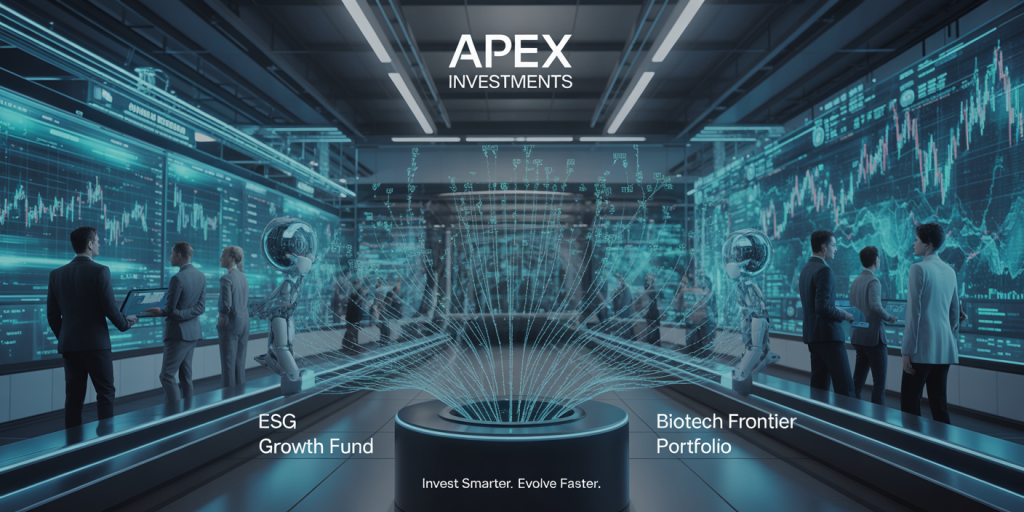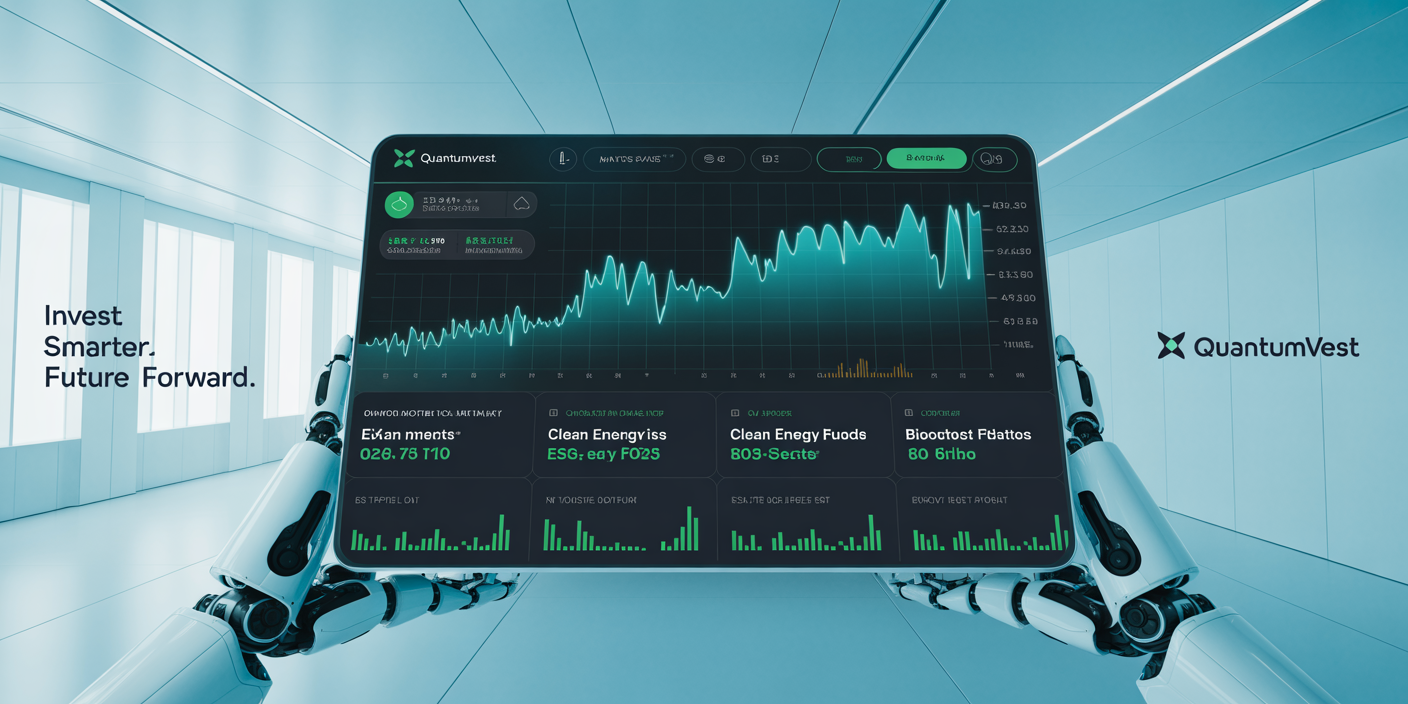In the realm of investing, one of the most enduring debates is whether to invest in index funds or to pick individual stocks. Both strategies have passionate advocates and present distinct advantages and risks. Understanding which approach aligns better with your financial goals, risk tolerance, and resource availability is crucial for long-term success. This article dives deep into the practical differences, benefits, risks, and future outlook of index funds versus individual stocks, helping you make an informed decision.
The Basics: What Are Index Funds and Individual Stocks?
Investing in individual stocks means purchasing shares of a specific company. When you buy a stock, you become a partial owner of that company and your returns depend on its business performance and market sentiment. Companies like Apple, Tesla, or Amazon represent popular individual stocks that investors often consider.
On the other hand, index funds are pooled investment vehicles designed to replicate the performance of a specific market index, such as the S&P 500 or the Nasdaq-100. Index funds hold a diversified portfolio of multiple stocks included in the index, providing broad market exposure. For example, the Vanguard 500 Index Fund mirrors the S&P 500, offering investors exposure to 500 of the largest U.S companies.
This fundamental difference highlights the risk diversification that index funds provide inherently, whereas individual stock ownership is concentrated, potentially increasing risk.
Risk and Volatility: Comparing the Safety of Your Investment
Risk is arguably the most important factor when choosing between index funds and individual stocks. Individual stocks are infamous for their volatility. For instance, Tesla’s stock price fell nearly 65% in 2022 amid broader market turbulence and company-specific factors. However, it had spectacular gains in previous years, exemplifying the high reward-high risk dynamic.

Conversely, index funds smooth out the risk by investing across a broad spectrum of companies. According to Morningstar data, the annualized standard deviation (a measure of volatility) of the S&P 500 index has historically ranged around 14%, while many individual stocks often see volatility exceeding 30%. The diversification minimizes unsystematic risk—the risk related to a single company’s failures.

A comparison table below highlights risk levels based on historical volatility:
| Investment Type | Typical Annual Volatility (%) | Risk Level |
|---|---|---|
| S&P 500 Index Fund | ~14 | Moderate |
| Individual Stock | 25-40 | High |
With less volatility, index funds provide a more stable investment environment, especially important for risk-averse investors or those investing for retirement.
Performance Potential: Can Picking Stocks Beat the Market?
One compelling reason investors choose individual stocks is the potential to outperform the market. Legendary investors like Warren Buffett built fortunes by identifying undervalued or growing companies before the broader market recognized their potential. For example, Buffett’s Berkshire Hathaway stock delivered average annual returns of roughly 20% from 1965 through 2020, beating the S&P 500 over the long haul.
However, research shows that consistently beating the market is extremely challenging. A 2021 study by S&P Dow Jones Indices found that over a 15-year period ending 2020, more than 90% of actively managed funds underperformed their benchmark indices, highlighting the difficulty of stock picking and timing the market.
Index funds, by design, aim to match rather than beat the market, and they achieve this with much lower fees. The Vanguard Total Stock Market Index Fund’s average annual return hovered around 10.5% over the last decade, closely paralleling the S&P 500’s performance. For the average investor, capturing market returns with index funds often proves more reliable than attempting to pick winners.
Here’s a quick performance snapshot (annualized returns 2010-2020):
| Investment Type | Average Annual Return (%) |
|---|---|
| S&P 500 Index Fund | 13.6 |
| Top-performing individual stocks (e.g., FAANG) | 20-30+ |
| Average individual stock | ~7-10 (subject to survivorship bias) |
While stars exist, they are exceptions rather than the rule, and individual stock investors must be prepared for significant drawdowns.
Costs and Fees: A Significant Factor in Net Returns
Costs directly impact long-term investment returns. Individual stock trading often involves brokerage commissions, though many platforms now offer commission-free trades. However, frequent trading can incur hidden expenses through bid-ask spreads and taxes on short-term gains.
Index funds typically have lower expense ratios compared to actively managed funds. For example, the expense ratio for the Vanguard S&P 500 Index Fund is about 0.03%, while mutual funds focusing on active stock picking might charge upwards of 1% or more annually.
A report from Morningstar states that high fees are one of the primary reasons many active stock pickers underperform. Over a 30-year horizon, even a 1% higher fee can reduce the final portfolio value by more than 25%.
To illustrate:
| Investment Vehicle | Expense Ratio (%) | Average Brokerage Costs | Tax Impact on Trades |
|---|---|---|---|
| Individual Stocks (buy & hold) | 0 (excluding trade fees) | Low/modest | Capital gains taxes apply |
| Active Stock Picking Funds | 0.7 – 1.5 | Variable | Higher due to frequent trades |
| Index Funds (e.g., S&P 500) | 0.03 – 0.1 | None or minimal | Lower tax due to buy-and-hold |
Low fees compound over time, making index funds a cost-efficient choice especially for passive investors.
Practical Examples: Real-World Success and Failures
Let’s consider practical cases to understand how each strategy plays out.
Michael, a tech enthusiast, bought shares in multiple individual tech companies like Apple, Microsoft, and Nvidia. Over five years, his portfolio grew by 150%, but he also suffered from deep drawdowns when individual stocks dropped suddenly. Michael actively tracked the market and rebalanced his holdings regularly, which helped him capitalize on growth trends but also required significant time and emotional endurance.
In contrast, Laura invested solely in a total market index fund starting 10 years ago. Though her portfolio didn’t skyrocket as Michael’s at times, she experienced steadier growth averaging about 11% annually and avoided the stress of daily market fluctuations. Her investment was largely hands-off and benefited from reinvested dividends and compounding growth.
Another illustrative comparison comes from behavioral finance. A study published in the Journal of Finance found that individual investors often suffer from poor timing decisions — buying high and selling low — particularly when managing individual stocks. Index funds minimize such behavior by encouraging buy-and-hold strategies.
A Comparative Summary: Key Metrics Side by Side
| Aspect | Index Funds | Individual Stocks |
|---|---|---|
| Risk Level | Moderate, diversified | High, company-specific risks |
| Potential Returns | Market average (~7-10% annualized) | Highly variable, potentially higher but with risk |
| Costs | Low expense ratios (~0.03-0.1%) | No ongoing fees, but transaction costs and tax complications |
| Time Commitment | Low; passive investing | High; requires market research and monitoring |
| Behavior Influence | Less prone to emotional trading | Prone to impulsive buy/sell |
| Examples | Vanguard S&P 500 Index Fund | Individual stocks like Tesla, Amazon |
This table highlights that while individual stocks offer opportunities for outsized gains, index funds trade-off some upside potential for stability, diversification, and lower effort.
Looking Ahead: Future Perspectives on Index Funds and Individual Stocks
The investing landscape is evolving rapidly. Robo-advisors and algorithmic investing have made index fund investing more accessible and automated, streamlining portfolio management for retail investors. Moreover, ETFs, many of which are index-based, now offer highly liquid, low-cost access to diversified markets.
Meanwhile, individual stock picking benefits from advancements in data science and artificial intelligence, enabling investors to analyze company fundamentals in unprecedented detail. However, this is also fostering greater market efficiency—meaning fewer bargains for stock pickers.
Environmental, social, and governance (ESG) investing is gaining traction, often incorporated into index funds. The MSCI KLD 400 Social Index, for example, excludes companies based on ESG criteria, appealing to values-driven investors without individual stock hassle.
Looking to 2030, we may see hybrid models where investors use index funds as core holdings complemented by selective individual stock investments in emerging sectors like clean energy or biotech. Ultimately, personalized investment strategies leveraging both approaches may become more common.

Key takeaway: Both index funds and individual stocks have a meaningful role in building wealth. Your choice depends on your risk appetite, investment horizon, interest in active management, and willingness to educate yourself continuously. Armed with a clear strategy and disciplined approach, investors can gain from either method or combine them for optimal results.
—
This article has provided a detailed comparison incorporating statistics, historical examples, and forward-looking insights that will serve well anyone seeking to understand the merits of index funds versus individual stocks in 2024 and beyond. By balancing risks, returns, costs, and personal preferences, investors are better positioned to make sound financial decisions.

Deixe um comentário